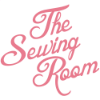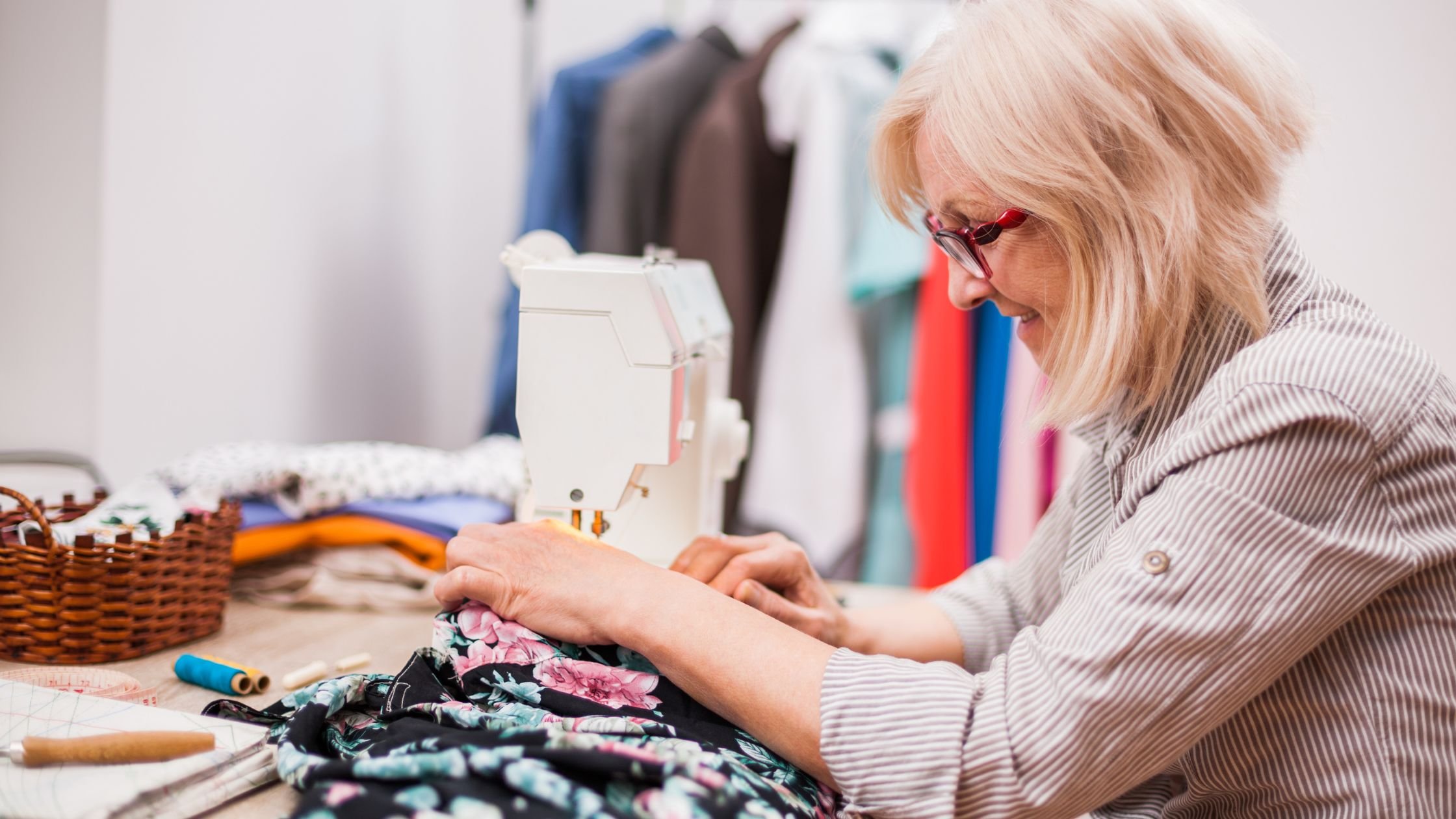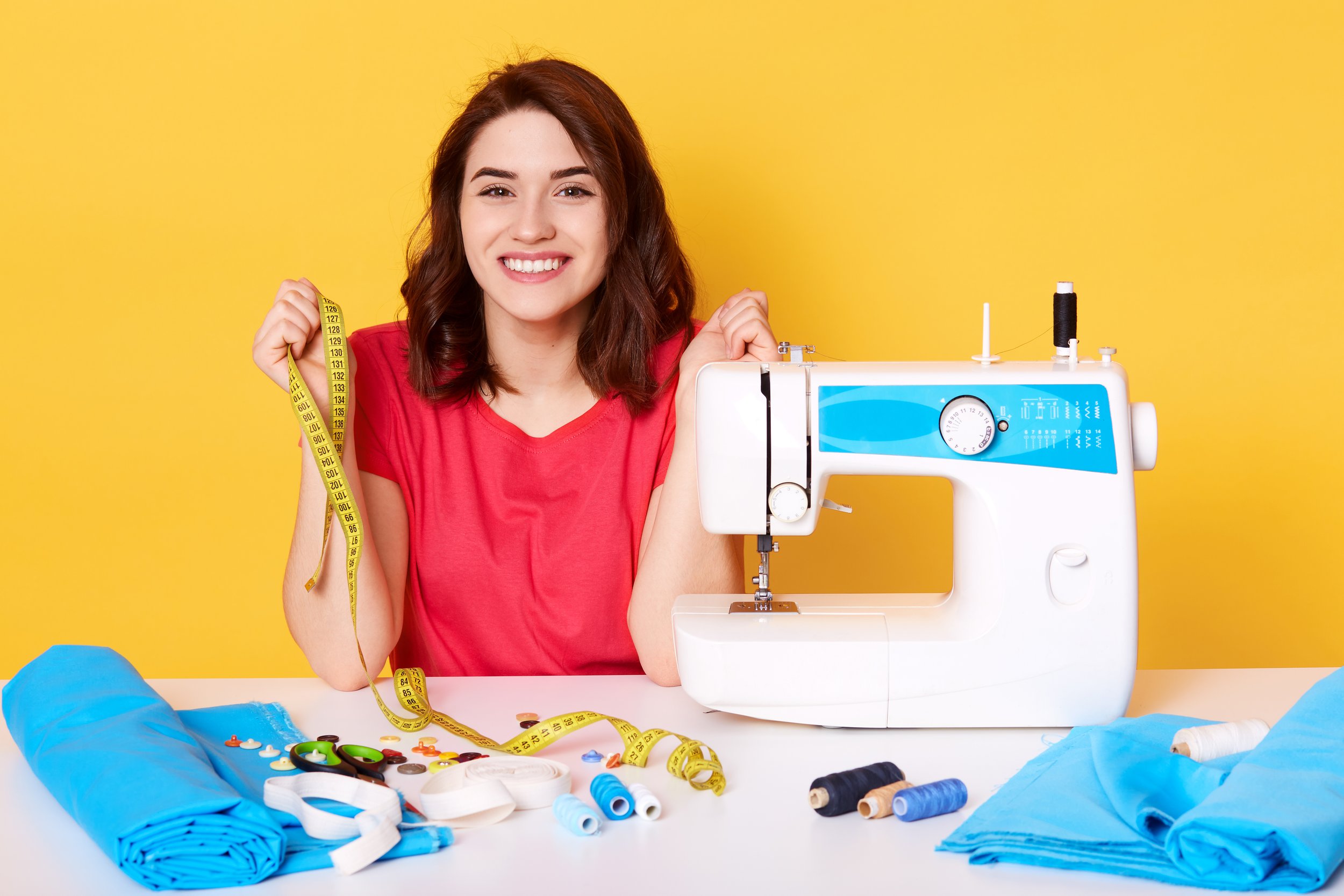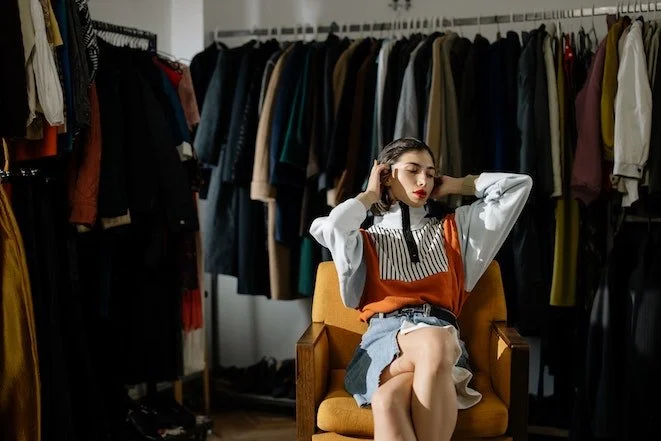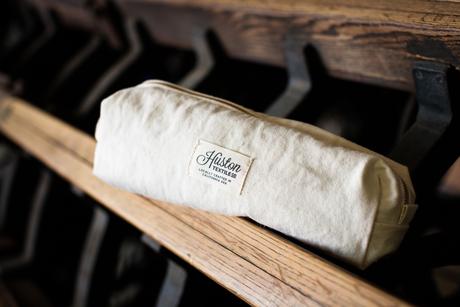As awareness of environmental issues continues to grow, sustainable fashion is becoming a priority for many shoppers. This fall, embracing eco-friendly trends doesn’t mean compromising on style. From recycled materials to timeless pieces designed for longevity, sustainable fashion is all about making mindful choices that look good and do good for the planet.
Read more5 Signs a Garment Isn't as High-Quality as It Seems
Just because something looks well made, doesn’t mean it actually is, and craftsmanship is actually the most important thing to look for when shopping for sustainable pieces. Here are five things that will immediately indicate the poor quality of clothing, even if it looks good at first glance or has a steep price.
Read more7 Compelling Reasons to Learn the Craft of Sewing
Sewing is an ancient skill dating back to the Paleolithic era, when ancient peoples joined pieces of fur or leather using needles made from bone, antlers or ivory and thread made from the sinew of animals. As early as 4,000 BC, Middle Eastern weavers stitched natural fibers to sew clothes. Since then, sewing has become an artistic craft that anyone can pick up as a hobby, career, or even a business opportunity. Even if you have zero knowledge about the basics of sewing, it’s a relatively simple activity that surprisingly offers numerous benefits. The possibilities with sewing are as boundless as one’s imagination, making it a worthwhile and exciting endeavor for anyone curious enough to try it.
Read more7 Reasons to Make Sewing Your New Hobby as an Adult
One of the most versatile and rewarding hobbies that both younger and older adults can pursue is sewing, a craft that holds universal appeal. If you’ve ever dreamed of becoming a fashion designer or garment manufacturer, or if you simply want to be more self-reliant about everyday concerns like clothing repair, it’s never too late to learn how to sew.
Read moreSwitching to Sustainable Fashion Made Simple with These Helpful Ways
Most of us are looking for ways to live more sustainable and less wasteful lives. We’re thinking of how we can be more environmentally friendly and do our bit for the planet. One big problem when it comes to wastage is fast fashion. Fast fashion is typically cheap items that are made and sold cheaply, using poor-quality materials that won’t last.
Read morePillars of Sustainable Fashion
Fashion has always played a key role in the global economy. The numbers further amplify the need for brands to become more eco-responsible. A 2020 report by Global Fashion Agenda and McKinsey found that should the industry continue with its existing decarbonization initiatives, emissions will be capped at 2.1 billion tons a year by 2030, which is the same level the report estimates the industry emitted in 2018, accounting for 4% of the world’s total emissions. This underscores the importance of a shift to sustainability and sustainable practices for fashion.
Read moreUpcycle Sewing: 4 Tips For Making Old Clothes New Again
As you open your wardrobe each day, you may notice some items that you used to love wearing but now have taken a back seat when it comes to your clothing choices. It may be because they're already out of style, or you simply have newer items to choose from. Either way, at some point you might have thought about how you can wear them again in a way while keeping up with the current trends and your style as well. If so, then upcycling old clothes may be ideal for you.
Read moreAvoiding Fast Fashion: How to Get a More Sustainable Wardrobe
This was originally posted by Adriana Lopez for Porch.com. I thought the content was really important, so I asked if I could share it here. There are tons of good nuggets in this article so I hope you enjoy!
Buying stylish clothes at an affordable price is appealing to most consumers, but it can have negative impacts on our environment. Known as fast fashion, this industry offers low prices on clothing, but it comes at a hidden cost. Thanks to a rise in the human population and the increasing popularity of fashion-related social media content, people often think they need more clothes than they really do. In fact, humans are consuming a whopping 400% more clothing today than they were 20 years ago
Read moreHow to Be Sustainable in your Sewing Practice
Sustainability is a word that's been getting flung around a lot in the past few years. It's definition is: Noun, The ability to be maintained at a certain rate or level. In terms of fashion and sewing I'm looking at Sustainability as the "avoidance of the depletion of natural resources in order to maintain an ecological balance" (quoted from Siri after I asked her). We are in a Climate Crisis. It's real and it overwhelming.
Read more5 simple ways to make your wardrobe more sustainable
So you want to become a more ethical shopper?
Change isn’t going to happen overnight and the journey ahead isn’t always going to be easy. However, if you make some small changes to your shopping habits, ethical shopping is sure to become second nature and you can feel great about the good you’re doing for the planet (as well as your bank balance).
Here are five simple tips on how to make your wardrobe more sustainable, without compromising style and fashion:
Read moreHow to Start a Clothing Line
A lot goes into Starting and Manufacturing a Clothing Line and I love how this spells out each step for our readers.
Read moreEXPLORING (Responsible) FASHION - Local Fabric Mill in California
Photo: Huston Textiles
Responsible Fashion is a term presented to me by fellow colleague, Janice Paredes from FIDM (my alma mater). It's a new way to look at Clothing and the Fashion Industry. It's about choosing a responsible way to wear your clothes and a responsible way to spend your money. It involves deeper thinking beyond just looking at the style and price. Responsible Fashion is looking at the WHO, WHAT, WHERE, WHEN AND HOW your clothes get made.
